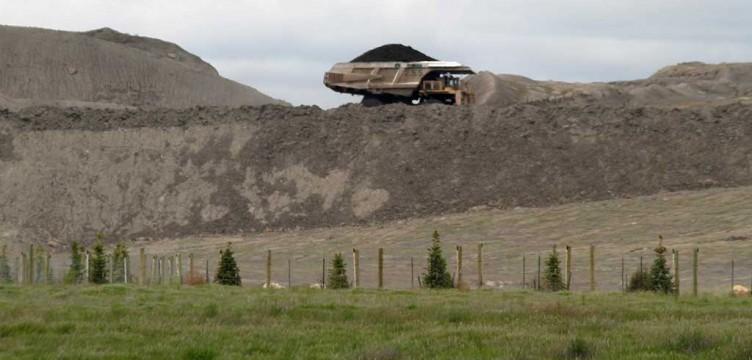The University of Wyoming study has found new ways to reclaim land torn up by strip-mining.
The study by Associate Professor Kristina Hufford and graduate student Kurt Fleisher, in the Department of Ecosystem Science and Management, looked at former uranium and coal mine sites in central and southwest Wyoming using the traditional method of reclamation – creating landscapes with uniform topography and linear slopes. This has led to more erosion and slower vegetation growth than would be hoped.
Their new method is geomorphic reclamation. This requires that the created landscapes match and copy nearby undisturbed landscapes where the local plants are already thriving. Ten years after seeding sites using geomorphic reclamation, the sites show improve plant growth and a greater variety of plants and animals in the geomorphic areas. This could be one of the biggest steps in the future of Wyoming’s wildlife rehabilitation.
90,000 acres of Wyoming landscape have been disturbed by surface mining, much of it unreclaimed, and many more have been permitted for future mining. With this study and work ongoing, it could become easier to more successfully return Wyoming to its wild roots once again.










